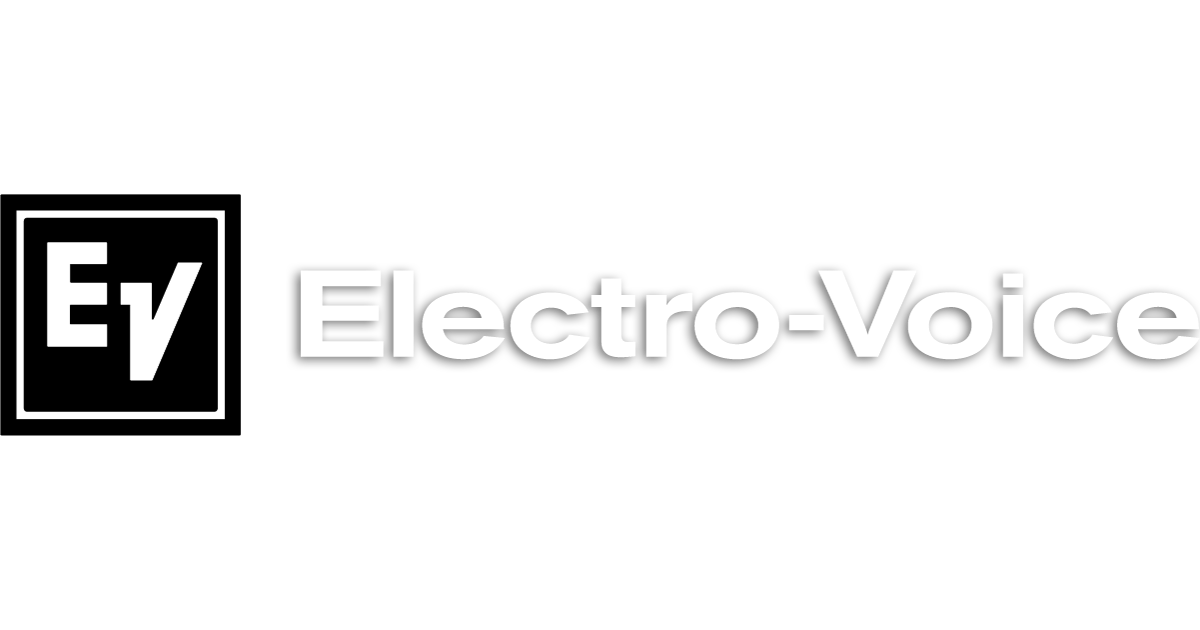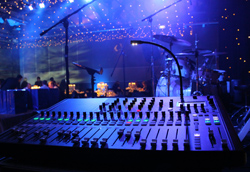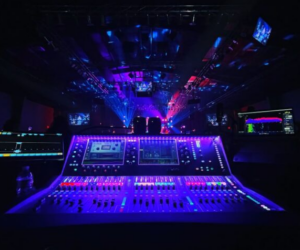Simply put, the market for compact digital consoles has exploded. Manufacturers are offering an increasing number of smaller models, which can also provide additional advantages that include lower prices and ease of transport.
Not every gig requires a ton of inputs, and not every portable show and venue has need of a larger control surface. A lesser footprint doesn’t necessarily mean that commensurate feature sets are lacking.
Many models utilize the same high-end components and accessories of their larger siblings, and in some cases, they’re capable of handling larger shows. Yet they’re also a fitting choice for corporate meetings and events, sub-mixing, festival or broadcast routing, audio for video, houses of worship, and more.
Digital consoles come in two general types, integrated and control surface. Integrated designs are largely self-contained (similar to an analog board) and are outfitted with inputs, outputs and processing within the console. While many integrated versions can be used with proprietary or third-party digital snake systems, they are relatively stand-alone units.
Control surface models are set up as the name implies – a mix/control surface working with inputs, outputs and processing housed in remote stage boxes or snake systems.
Digital consoles of every size are increasingly designed to conveniently foster live recording, and compact models are no exception. Many offer additional digital outputs that can feed decks or computers for recording. AES and SPI DF are common formats that provide two channels of audio, and MADI, which accommodates up to 64 channels, is also a popular format, used to transport audio to recording devices as well as in snake systems.
While most digital consoles can interface in some fashion with recording systems, many now record directly in the console to external drives or USB drives.
Another attractive facet is the ability for control via a laptop or tablet (iPad). Wireless control of consoles and system networks have been a boon to production folks – now one sound technician holding an iPad can walk around the venue and listen in various locations and remotely adjust system parameters or even mix the show right where they’re standing.
This is also handy for monitors, with the monitor mixer/tech able to stand in front of a wedge at sound check and actually hear the resulting mix, as well as how it interacts with other stage sounds. The tablet concept has even been extended to distributing monitor control to musicians.
A very good thing is the wide range of design approaches, feature sets, size/scale, and price points to be found in the growing market of compact digital consoles.
Take our Photo Gallery Tour of the latest models.
Craig Leerman is senior contributing editor for ProSoundWeb and Live Sound International, and is also the owner of Tech Works, a production company based in Las Vegas.
















